Blogs & News
We are focus on automotive wiring harness & connectors technology.
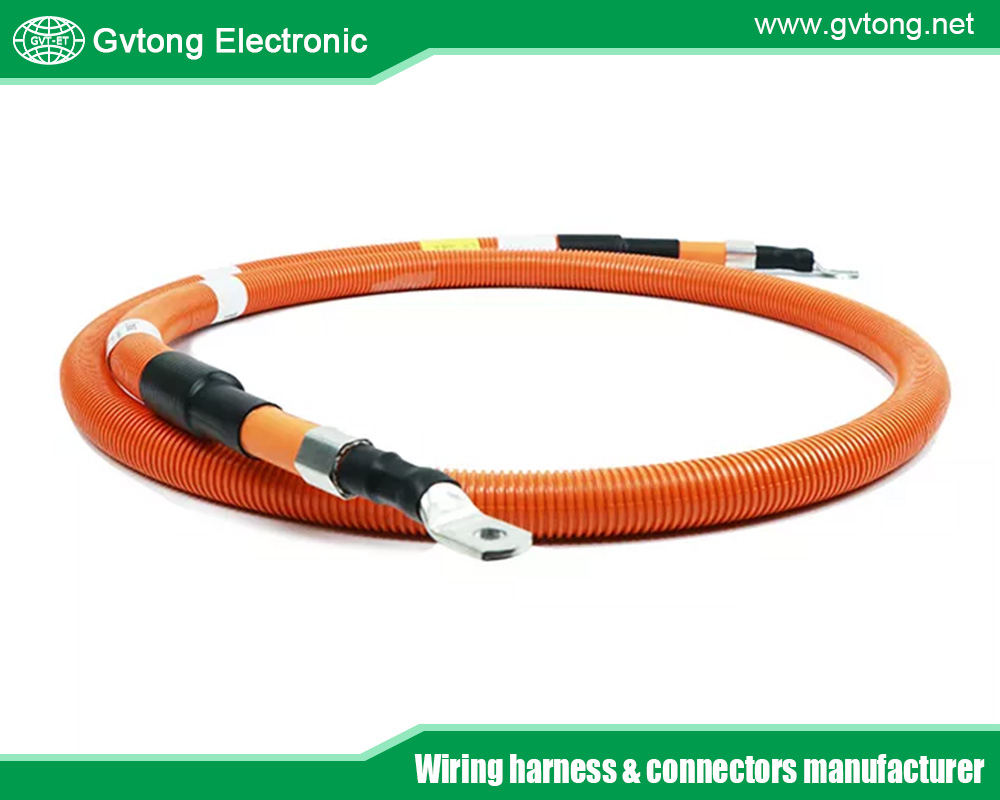
Future Trends in Automotive Electrical Connectors
- Gvtong Electronic
- automotive antenna connector, automotive coaxial connector, automotive data connector, automotive diagnostic connector, automotive electrical connector, automotive electrical connector manufacturers, automotive electrical connector suppliers in thailand, automotive electrical connector types chart, Automotive electrical connectors, automotive electrical connectors kit, Automotive Electrical Connectors Manufacturer In Thailand, Automotive Electrical Connectors Thailand, Automotive electrical connectors types, automotive electrical connectors waterproof, automotive high - frequency, automotive High voltage connector, automotive hybrid connector, automotive Low voltage connector, automotive Oil-resistant Connectors, automotive optical fiber connector, automotive power distribution, automotive Signal Connector, automotive vibration - resistant, automotive waterproof connectors, best automotive electrical connector suppliers in thailand
- No Comments
Future Trends in Automotive Electrical Connectors
The automotive industry is undergoing a transformative evolution, driven by electrification, autonomous driving, and connected vehicle technologies. At the heart of these advancements are automotive electrical connectors—small but critical components that enable reliable power, signal, and data transmission across vehicle systems. As vehicles become more complex, connectors must adapt to meet new challenges, from higher power demands to ultra-fast data rates. This article explores the future trends in automotive electrical connectors, highlighting emerging technologies, design innovations, and their impact on the next generation of vehicles. By examining these trends, we gain insight into how connectors will shape the future of mobility, ensuring safety, efficiency, and performance in an increasingly electrified and connected world.
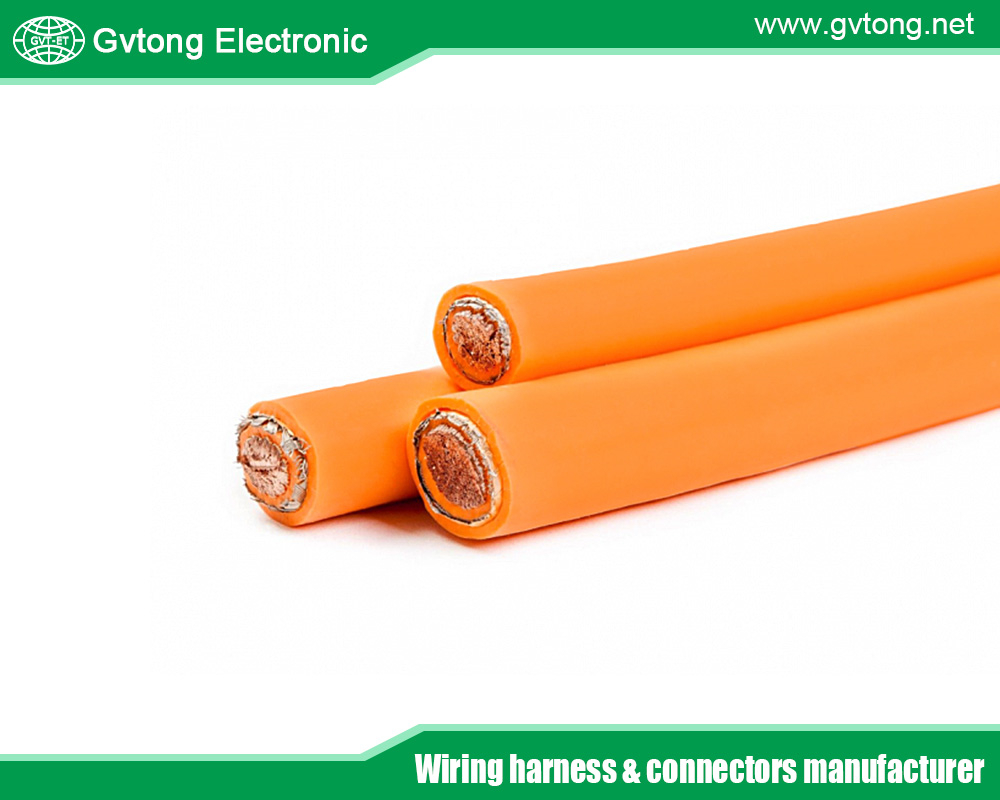
The Evolving Role of Automotive Electrical Connectors
Automotive electrical connectors are electromechanical devices that establish secure connections between components, such as sensors, actuators, control units, and wiring harnesses. They ensure seamless communication in systems like engine management, infotainment, lighting, and advanced driver-assistance systems (ADAS). In modern vehicles, connectors must withstand harsh conditions—extreme temperatures, vibrations, moisture, and chemical exposure—while meeting stringent industry standards like USCAR, SAE, and ISO.
As vehicles transition to electric powertrains, autonomous operation, and vehicle-to-everything (V2X) connectivity, connectors face unprecedented demands. Higher voltages, faster data rates, and compact designs are reshaping connector technology. Leading manufacturers, such as TE Connectivity, Aptiv, and Molex, are innovating to address these challenges, paving the way for a new era of automotive connectivity. Below, we explore the key trends driving the future of automotive electrical connectors.
High-Voltage Connectors for Electrification
The rise of electric vehicles (EVs) and hybrid electric vehicles (HEVs) is one of the most significant drivers of connector innovation. EVs require connectors that can handle high voltages (up to 800V or more) and currents (hundreds of amps) to support powerful electric motors and fast-charging systems. Future trends in high-voltage connectors include:
- Enhanced Safety Features: High-voltage connectors are incorporating advanced safety mechanisms, such as interlock systems, robust locking mechanisms, and touch-safe designs, to prevent electrical hazards during operation or maintenance. For example, connectors with high-voltage interlock loops (HVIL) ensure circuits are de-energized before disconnection.
- Improved Thermal Management: High-current applications generate significant heat. Connectors are being designed with advanced materials, such as thermally conductive plastics or metal alloys, and integrated cooling channels to dissipate heat effectively.
- Compact and Lightweight Designs: To maximize EV range, manufacturers are developing compact, lightweight high-voltage connectors that reduce vehicle weight without compromising performance. Miniaturized connectors with high power density are becoming standard in battery packs and power distribution systems.
- Standardization for Fast Charging: As EV charging infrastructure expands, connectors are aligning with global standards like CCS (Combined Charging System) and CHAdeMO. Future connectors will support ultra-fast charging (up to 350 kW or higher), enabling charge times as low as 10–15 minutes.
High-Speed Data Connectors for Autonomous Driving
Autonomous vehicles rely on a network of sensors—LIDAR, radar, cameras, and ultrasonic systems—that generate massive amounts of data. These systems require connectors capable of ultra-high-speed data transmission to enable real-time decision-making. Key trends in high-speed data connectors include:
- Adoption of Automotive Ethernet: Ethernet-based connectors are replacing traditional protocols like CAN and LIN for in-vehicle networking. Automotive Ethernet connectors support data rates up to 10 Gbps or higher, enabling low-latency communication for ADAS and autonomous systems.
- Fiber Optic Connectors: For applications requiring even higher bandwidth and immunity to electromagnetic interference (EMI), fiber optic connectors are gaining traction. These connectors are ideal for transmitting data from high-resolution cameras or LIDAR systems in autonomous vehicles.
- Robust EMI Shielding: High-speed connectors are incorporating advanced shielding to prevent signal interference in electrically noisy environments, such as near EV motors or power electronics.
- Multi-Gigabit Connectors: Manufacturers are developing multi-gigabit connectors that combine power and data transmission in a single interface, reducing wiring complexity and weight. These connectors are critical for centralized computing architectures in self-driving cars.
Miniaturization and High-Density Connectors
As vehicles integrate more electronics into limited spaces, connector miniaturization is a top priority. Smaller, high-density connectors allow manufacturers to pack more functionality into compact areas, such as dashboards or battery packs. Future trends include:
- Micro and Nano Connectors: Micro-connectors (with pitches as small as 0.5 mm) and nano-connectors (below 0.4 mm) are enabling dense circuit designs for sensors, infotainment, and control modules. These connectors maintain high reliability despite their reduced size.
- Hybrid Connectors: Hybrid connectors that combine power, signal, and data lines in a single housing are reducing the number of connectors needed, simplifying wiring harnesses and saving space.
- Advanced Materials: To maintain strength and durability in smaller connectors, manufacturers are using high-performance materials like liquid crystal polymers (LCP) and reinforced composites, which offer excellent mechanical and thermal properties.
- 3D Printing for Custom Designs: Additive manufacturing is enabling the rapid prototyping of custom, compact connectors tailored to specific vehicle designs, accelerating development cycles.
Smart and Diagnostic Connectors
The integration of smart technologies into connectors is transforming how vehicles monitor and maintain their electrical systems. Smart connectors with diagnostic capabilities are an emerging trend, offering:
- Real-Time Monitoring: Embedded sensors in connectors can monitor parameters like temperature, voltage, current, and connection integrity, alerting technicians to potential issues before they cause failures.
- Predictive Maintenance: By analyzing data from smart connectors, vehicles can predict when maintenance is needed, reducing downtime and repair costs. This is particularly valuable for fleet operators and autonomous vehicle networks.
- Self-Healing Connectors: Research is underway into connectors with self-healing materials or coatings that repair minor damage, such as corrosion or micro-cracks, extending connector lifespan.
- Integration with IoT: Smart connectors are being designed to interface with vehicle-to-cloud systems, enabling over-the-air (OTA) diagnostics and updates for connector-related systems.
Wireless and Contactless Connectors
While wired connectors dominate today’s vehicles, wireless and contactless connectors are emerging as a future alternative, particularly for specific applications. Trends include:
- Inductive Power Transfer: Contactless connectors using inductive coupling can transmit power wirelessly, eliminating physical connections in areas prone to wear, such as rotating or movable components (e.g., steering systems).
- Optical Data Transfer: Optical wireless connectors use light to transmit data, offering high-speed, EMI-free communication for infotainment or sensor networks.
- Reduced Maintenance: By eliminating physical contact points, wireless connectors reduce wear, corrosion, and maintenance needs, improving reliability in harsh environments.
- Challenges to Overcome: While promising, wireless connectors face challenges like lower power efficiency and higher costs. Manufacturers are working to improve efficiency and scalability for widespread adoption.
Sustainable and Eco-Friendly Connectors
Sustainability is a growing focus in the automotive industry, and connectors are no exception. Future trends in eco-friendly connectors include:
- Recyclable Materials: Manufacturers are developing connectors using recyclable plastics and metals to reduce environmental impact. Bio-based polymers are also being explored as sustainable alternatives.
- Lead-Free Designs: In compliance with regulations like RoHS (Restriction of Hazardous Substances), connectors are being designed without lead or other hazardous materials.
- Energy-Efficient Manufacturing: Connector production is adopting energy-efficient processes, such as low-temperature molding, to reduce carbon footprints.
- Circular Economy Integration: Manufacturers are designing connectors for easy disassembly and recycling at the end of a vehicle’s life, supporting a circular economy.
Enhanced Environmental Resilience
As vehicles operate in diverse and extreme conditions, connectors must offer superior environmental resilience. Future trends include:
- Advanced Sealing Technologies: Connectors with IP69K ratings and beyond are being developed to withstand high-pressure water, dust, and chemical exposure, ideal for off-road EVs or autonomous delivery vehicles.
- Corrosion-Resistant Coatings: Nano-coatings and advanced platings are enhancing connector resistance to corrosion, extending lifespan in humid or salty environments.
- Wide Temperature Range: Connectors are being engineered to operate in extreme temperatures (e.g., -55°C to 150°C), supporting applications in Arctic climates or high-heat engine bays.
- Vibration and Shock Resistance: With autonomous vehicles navigating varied terrains, connectors are incorporating enhanced locking mechanisms and damping materials to withstand vibrations and shocks.
Standardization and Modularity
The complexity of modern vehicles demands connectors that are both standardized and modular to support scalability and cost efficiency. Key trends include:
- Universal Connector Platforms: Manufacturers are developing standardized connector families that can be used across multiple vehicle platforms, reducing development costs and simplifying supply chains.
- Modular Designs: Modular connectors allow manufacturers to customize pin counts, sealing levels, or locking mechanisms without redesigning the entire connector, enabling flexibility for EVs, hybrids, or autonomous vehicles.
- Cross-Industry Standards: Collaboration between automotive and tech industries is driving connector standards that support both automotive and consumer electronics, such as USB-C or Ethernet-based connectors for infotainment.
Integration with Vehicle-to-Everything (V2X) Connectivity
V2X communication—encompassing vehicle-to-vehicle (V2V), vehicle-to-infrastructure (V2I), and vehicle-to-cloud (V2C)—is transforming mobility. Connectors are evolving to support these connected ecosystems:
- High-Bandwidth Connectors: V2X systems require connectors that support high-speed data transfer for real-time communication with traffic systems, other vehicles, or cloud servers.
- Secure Connections: With cybersecurity a priority, connectors are incorporating encryption and authentication features to prevent unauthorized access to vehicle networks.
- OTA Update Support: Connectors are being designed to handle the high data volumes required for OTA software updates, ensuring vehicles remain up-to-date with minimal downtime.
Collaboration with AI and Digital Twins
Artificial intelligence (AI) and digital twin technology are influencing connector design and testing:
- AI-Driven Design: AI algorithms are optimizing connector designs for performance, weight, and cost, simulating thousands of configurations to identify the best solutions.
- Digital Twins for Testing: Digital twins—virtual models of connectors—enable manufacturers to test performance under simulated conditions, reducing physical prototyping costs and accelerating development.
- AI in Manufacturing: AI is improving quality control in connector production, detecting defects or inconsistencies with greater accuracy than traditional methods.
Challenges and Opportunities
While these trends promise significant advancements, they also present challenges:
- Cost Pressures: High-performance connectors, such as those for EVs or autonomous systems, can be expensive, requiring manufacturers to balance cost and functionality.
- Complexity Management: The increasing variety of connectors demands robust supply chain and inventory management to avoid delays.
- Regulatory Compliance: Connectors must meet evolving global standards for safety, emissions, and sustainability, adding complexity to design and production.
However, these challenges also create opportunities for innovation, collaboration, and market growth. Manufacturers that invest in cutting-edge technologies and sustainable practices will lead the way in shaping the future of automotive connectors.
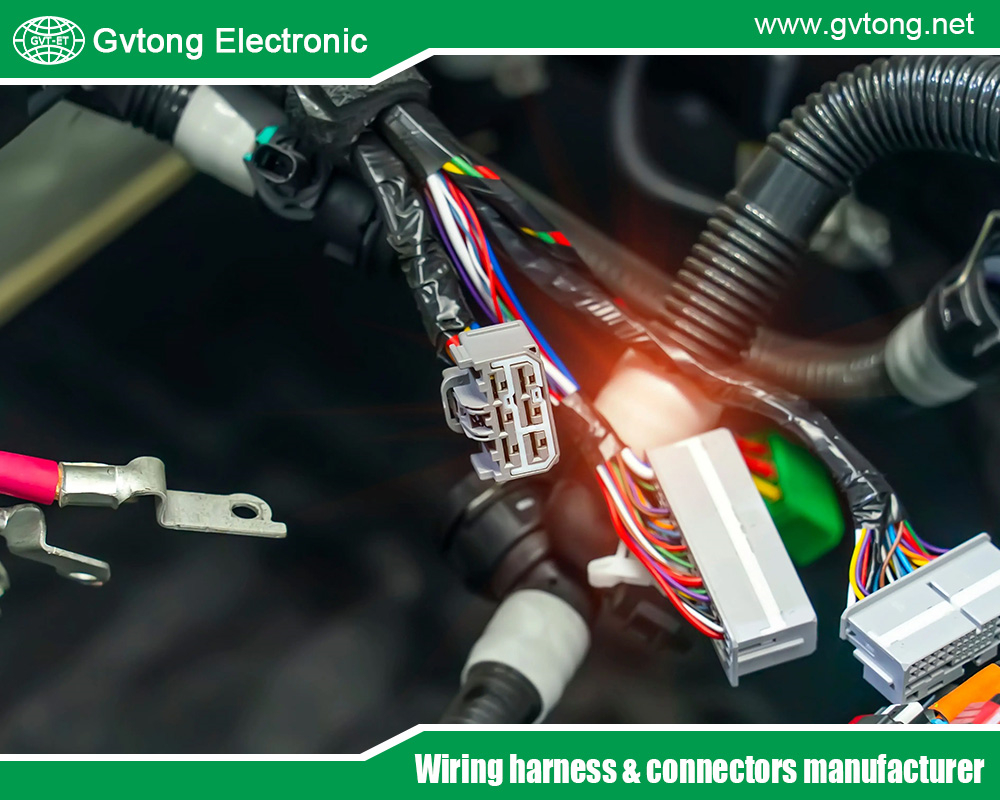
Conclusion
Automotive electrical connectors are at the forefront of the industry’s transformation, enabling the shift toward electrification, autonomy, and connectivity. From high-voltage connectors for EVs to smart connectors with diagnostic capabilities, the future of connectors is defined by innovation, resilience, and adaptability. Trends like miniaturization, wireless connectivity, and sustainable materials are addressing the demands of modern vehicles while paving the way for new possibilities in mobility.
As the automotive landscape evolves, connectors will remain the backbone of vehicle systems, ensuring reliable power, data, and communication. By embracing these future trends, manufacturers, engineers, and automotive professionals can build vehicles that are safer, more efficient, and ready for the challenges of tomorrow. The road ahead for automotive electrical connectors is bright, promising a connected and electrified future where every connect
For more about the future trends in automotive electrical connectors, you can pay a visit to Gvtong at https://www.gvtong.net/ for more info.
Recent Posts
The Best GR Series-Circular Connectors Manufacturer
The Best GD Series Combined Power Connector Manufacturer
A Guide to Selecting the Best GH Series Plastic Connector Manufacturer
How High Pressure Connectors Work?
The Best Automotive Connector Companies
Tags
Recommended Products
-
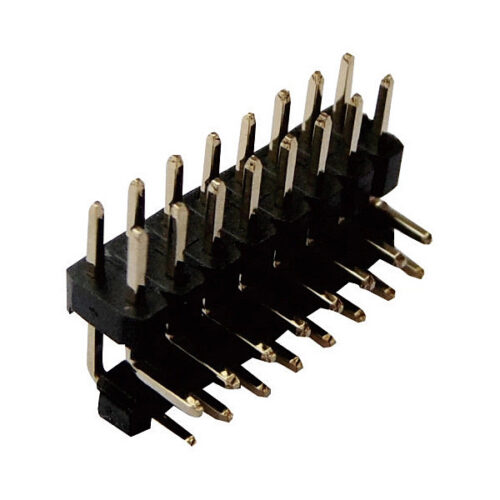
Pin header and female header
-
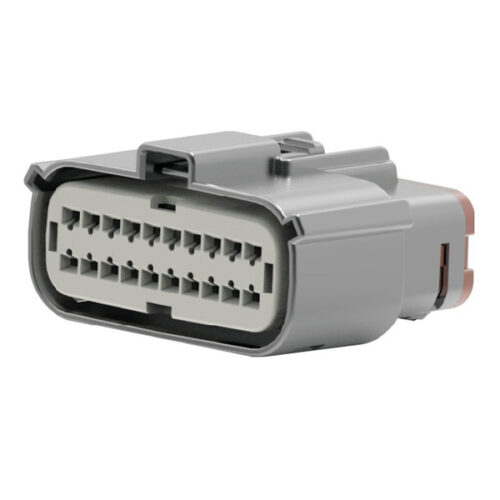
GE Series-20-core Low Voltage Connector
-
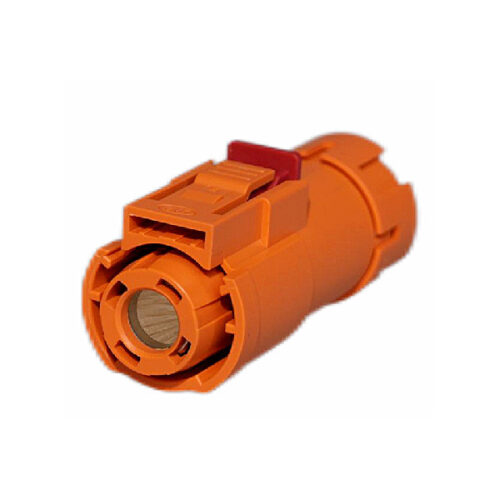
GH800 Series-1-core plastic high voltage connector
-
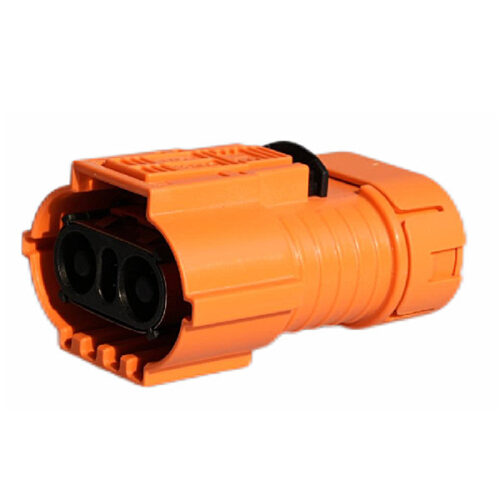
GH Serie-GMV3-2-core plastic high voltage connector
-

Automotive FAKRA Dual Connector For Wireless Antenna, GPS, Satellite Broadcasting, RF Bluetooth, IVI Information
-
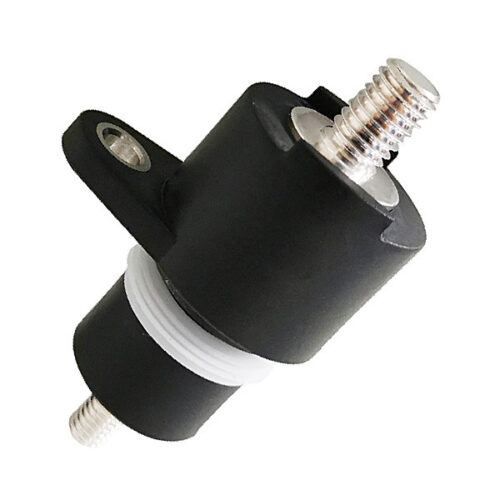
GH Series-DCDC Wall Terminal – Double Thread
-
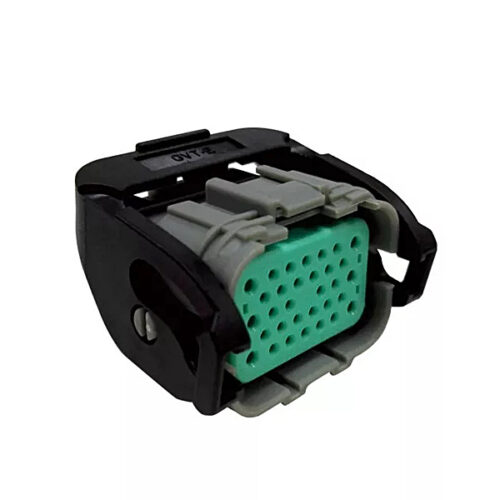
Rectangular connector-32 core
-
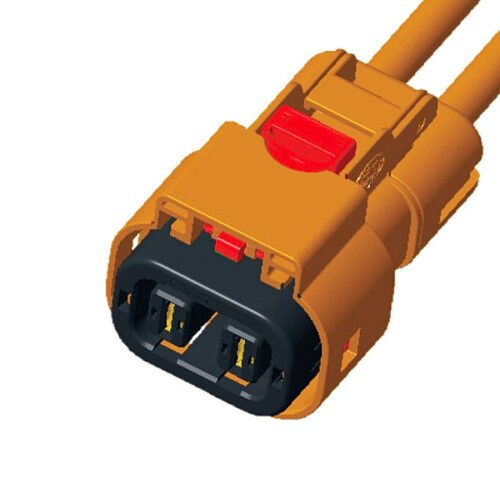
Connector plug+socket-GH630 series-2P
